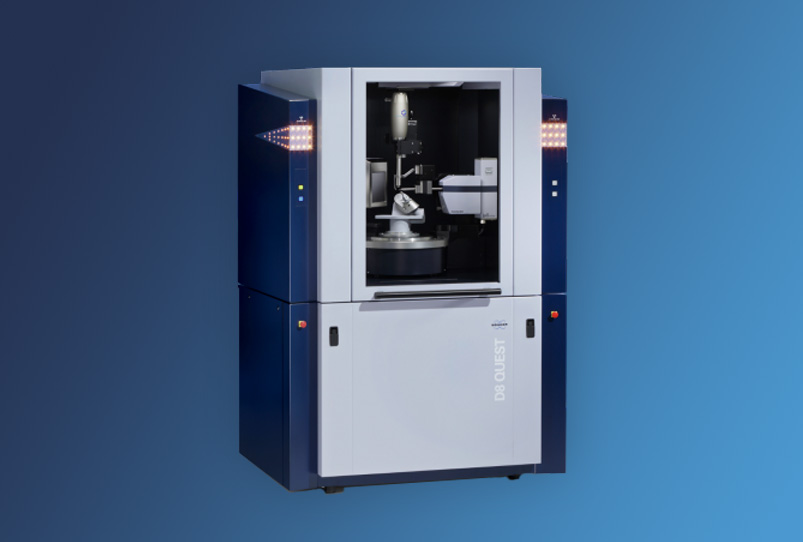With best-in-class components


The Bruker D8 QUEST is a compact SC-XRD (Single Crystal X-ray Diffraction) system. Perform single wavelength experiments with Bruker’s revolutionary PHOTON II CPAD detector, with 4th generation free-electron laser (FEL) detector technology in your own lab.
Need greater capabilities? The D8 VENTURE is a larger instrument with rotating anode and dual wavelengths.
With best-in-class components
From the market leader in crystallography
The Bruker D8 QUEST is a compact solution for single wavelength experiments. Featuring the revolutionary PHOTON III detector, it brings 4th generation free-electron laser detector technology to your lab.
As a modular system, there is a great degree of experimental flexibility from a small footprint system. While compact, samples remain visible and accessible.
The D8 QUEST is equipped with best-in-class components and options to suit your applications. All-air-cooled configurations are available.
Bruker webinar about how to upgrade your instrument to protect the value of your system, increase its versatility and attract more users to your facility, or increase throughput if it’s running at full capacity.
Recorded webinar